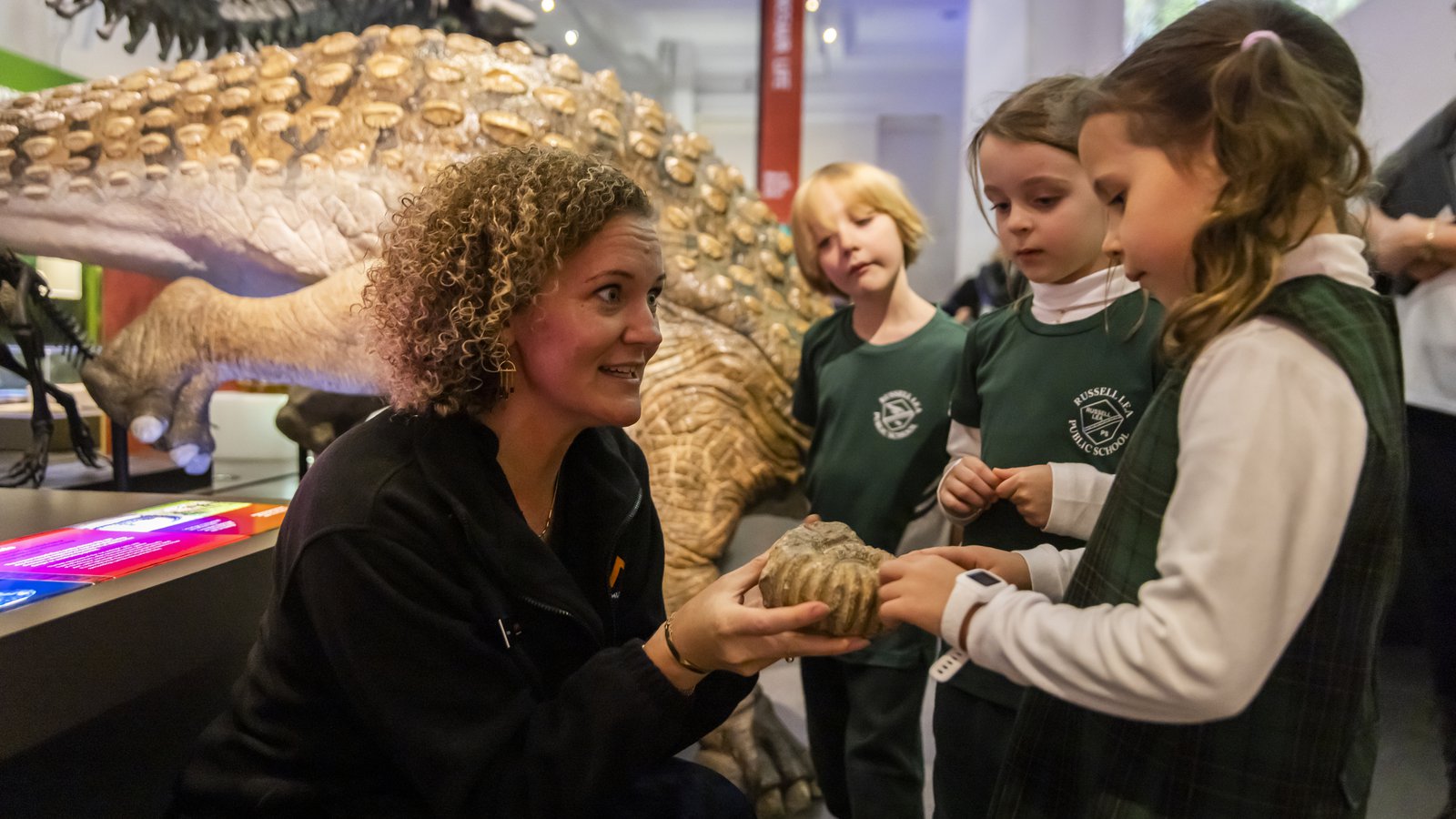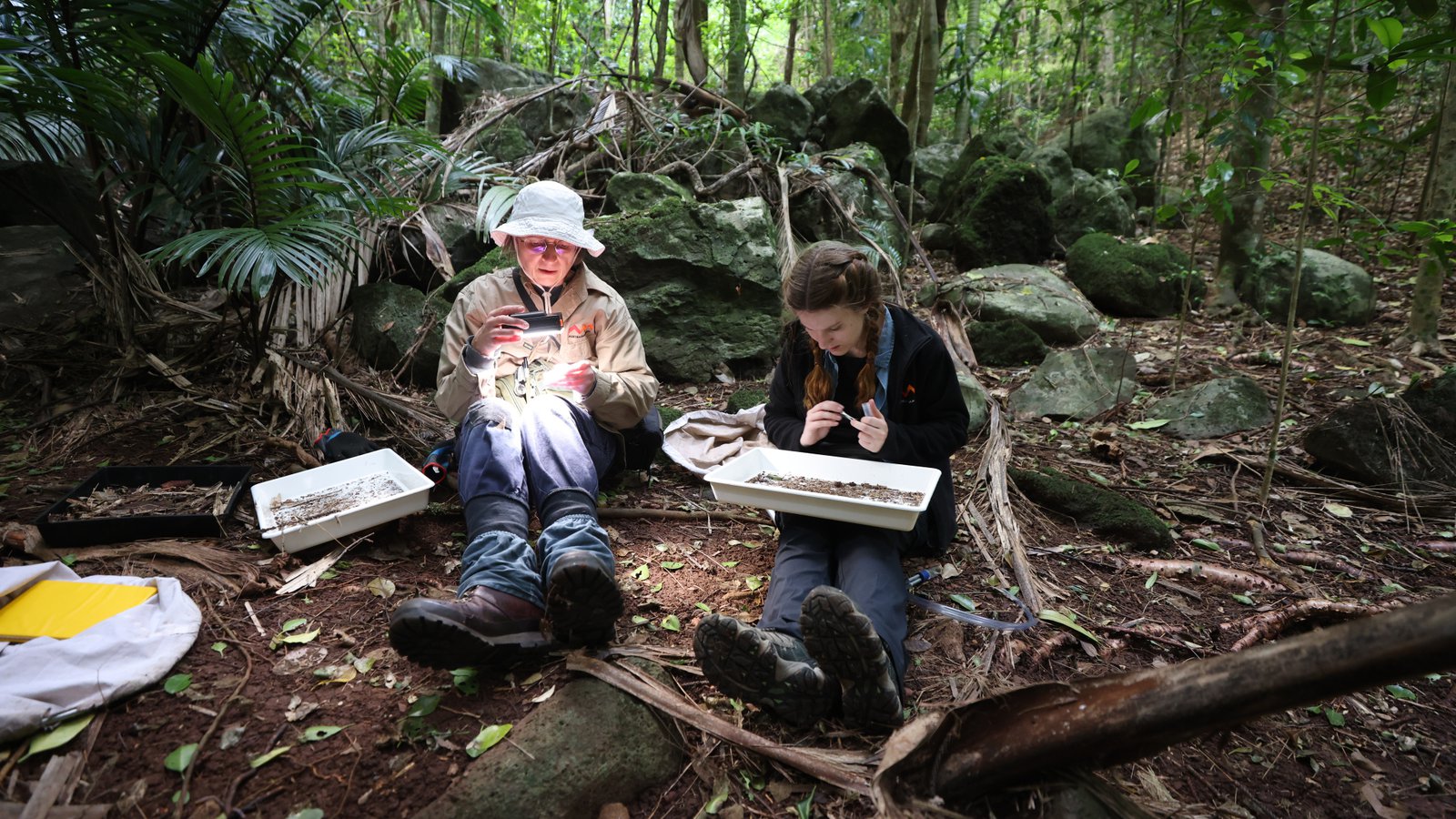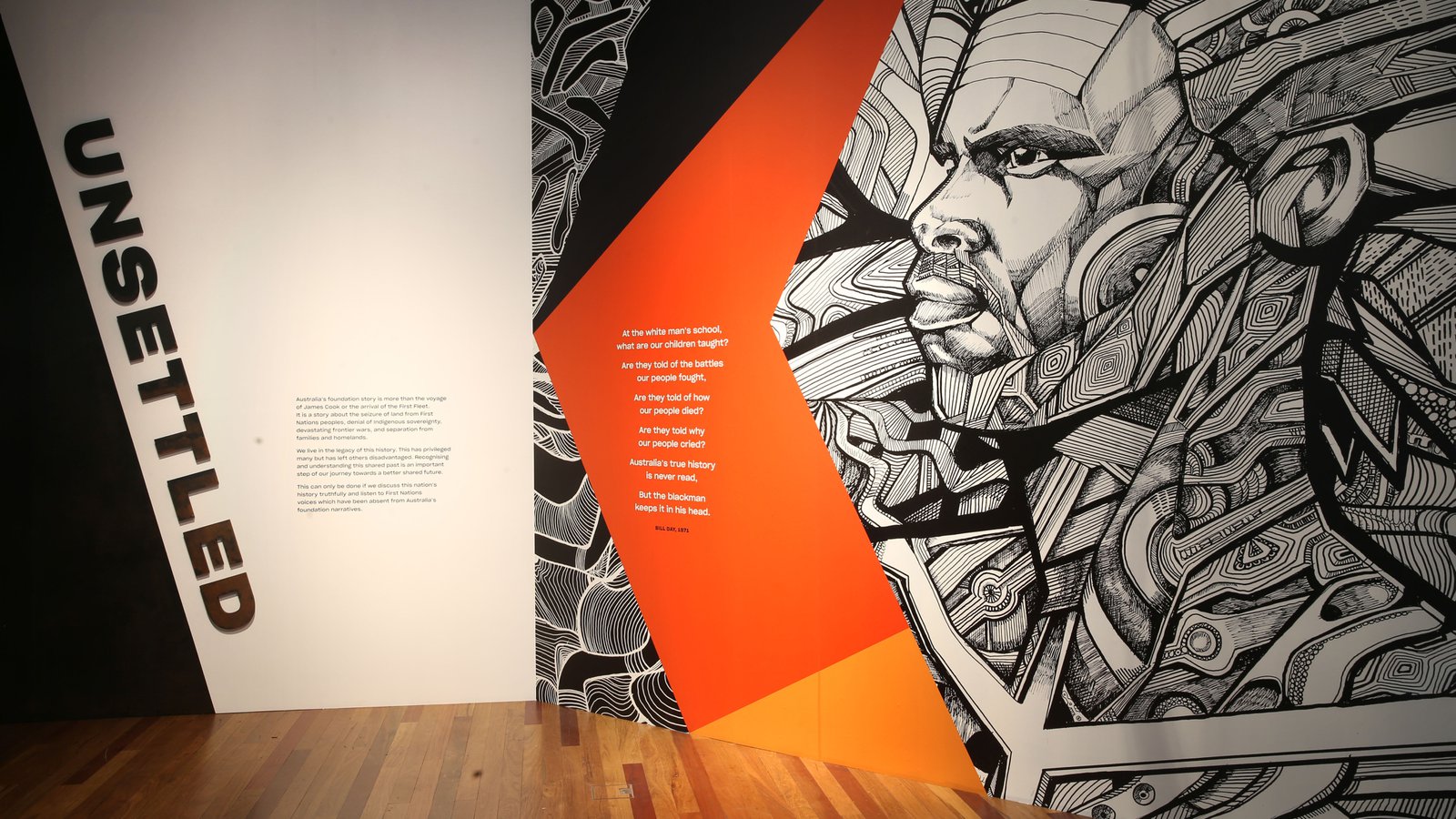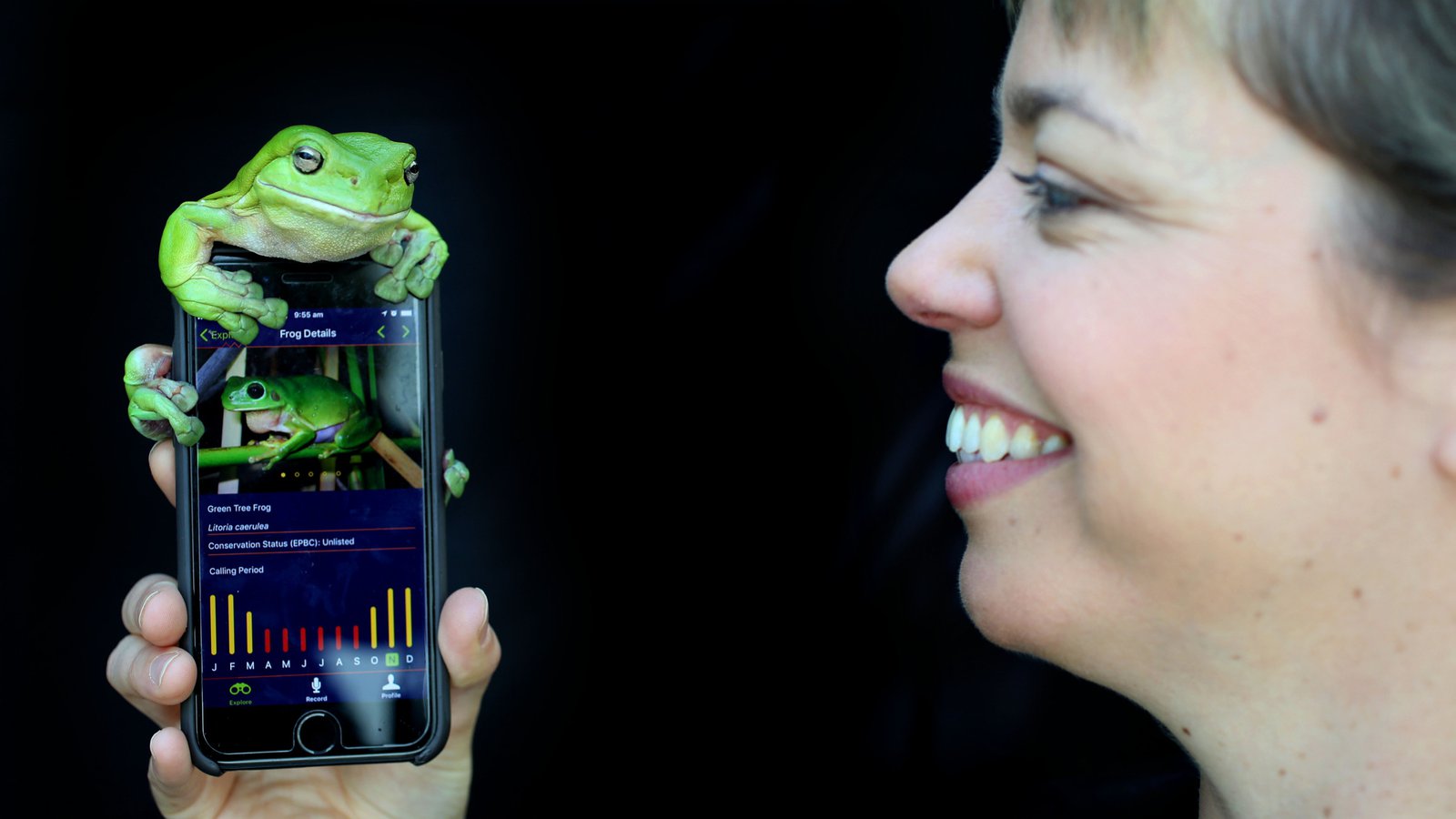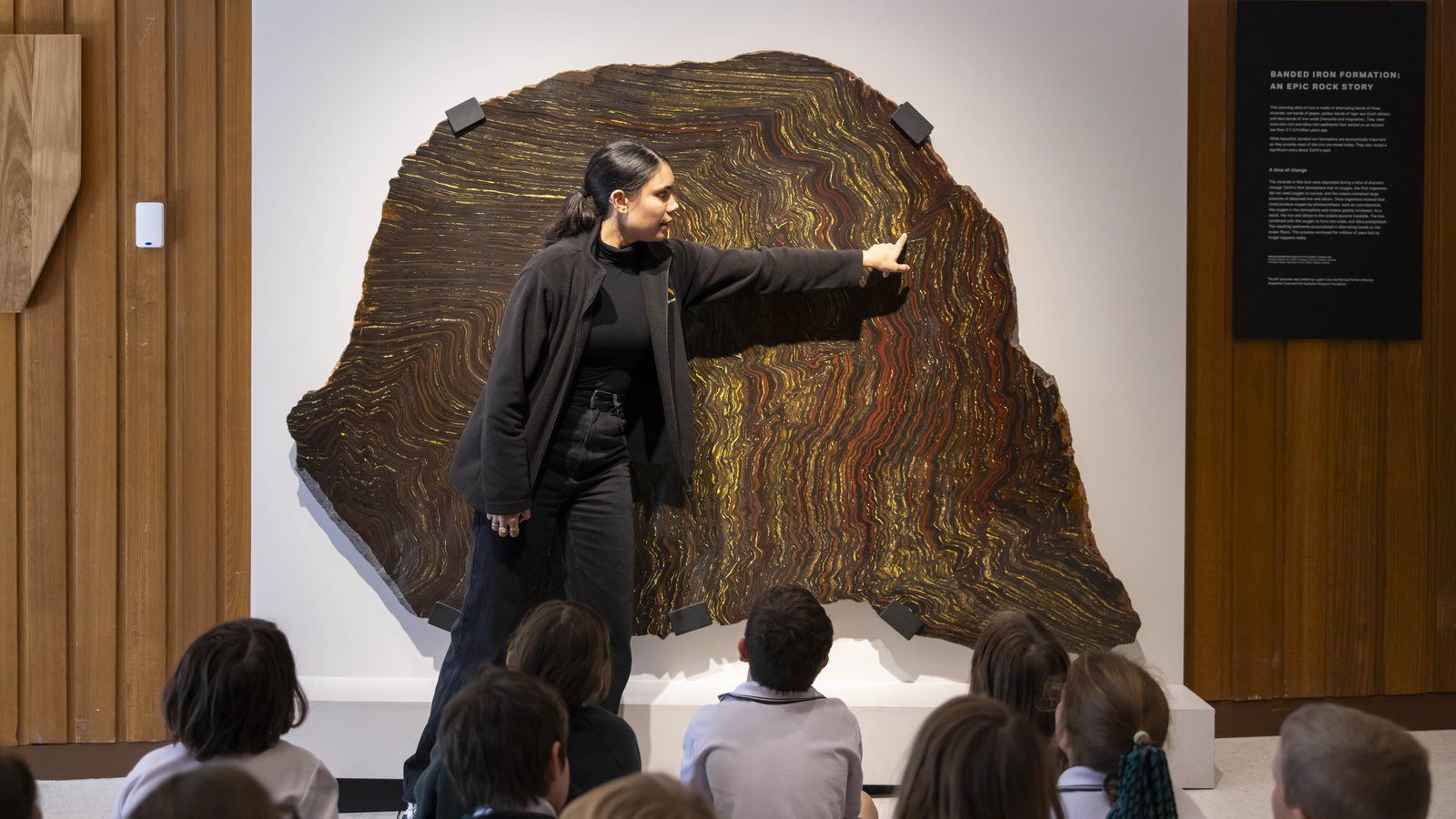Impact of Giving
Philanthropy is transforming what is possible at the Australian Museum.

At the Australian Museum (AM), your donations support our inspiring scientists, curators, and educators continue to do their groundbreaking work. They do this by:
- Prioritising First Nations stories and voices;
- Increasing access to education programs and inclusion initiatives;
- Undertaking groundbreaking scientific research;
- Powering citizen science programs and expeditions;
- Raising awareness and researching impacts of climate change;
- Increasing public engagement in issues of social and environmental importance; and
- Enhancing accessibility to the AM's collection.
Philanthropy directly supports the Museum's ambition to be the leading voice for the richness of life, the Earth and culture in Australia and the Pacific. Together, we can continue to make a positive impact on the world around us.
We invite you to learn more about the impact of your support below.
If you would like to share why you support the Australian Museum, we would love to hear from you! Please contact development@australian.museum to share your story.

